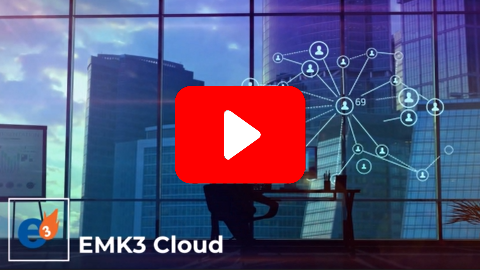EMK3 Cloud Data Exchange
The Data Exchange application is a modern bi-directional service for transferring data between applications, data formats, and internal or external stakeholders. It includes powerful data transformation tools, and combined with Data Storage, delivers a single solution for cross-company data distribution and consumption.
Take a closer look at the Data Storage and Data Exchange services that are part of the EMK3Cloud
